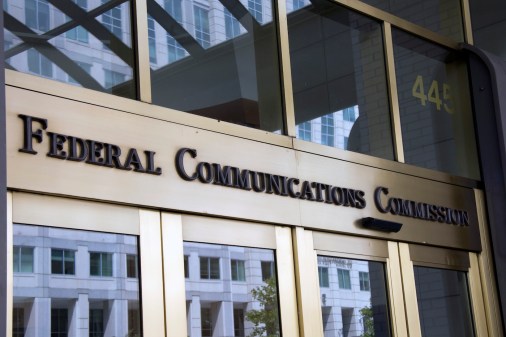NASBO: state funds continue to grow post recession

The rate of growth of state funds continued to grow for the third consecutive year, boosted from an increased growth in federal funding that dried up during the great recessions, according to a new report from the National Association of State Budget Officers.
State funds grew 4.8 percent in the 2014 fiscal year, up from 4.1 percent in fiscal 2013 and 3.8 percent in fiscal 2012, thanks to a dramatic increase in federal funding that was up 7.6 percent in fiscal 2014 after declining 1.8 percent and 9.8 percent in fiscal years 2013 and 2012, respectively.
The increase in federal funds came almost exclusively from the Medicaid program that saw a major expansion under the Affordable Care Act, increasing $41.8 billion in 2014. That helped offset a $3.4 billion drop in other federal funding that came as a result of Recovery Act funding drying up.
“Since the end of the economic downturn, total state expenditure growth levels have fluctuated largely due to the ebb and flow of federal funds to states,” the report states. “While state funds have moderately grown each year since 2011, federal funds to states have fallen and risen due to the wind down of Recovery Act funds and the subsequent additional Medicaid dollars provided through the Affordable Care Act.”
According to the report, with the exception of Medicaid dollars, federal funds to states have slowed since the passage of the Budget Control Act of 2011, which has resulted in automatic federal budget cuts known as sequestration.
“Looking forward, states remain concerned about both the short- and long-term outlook due to increased spending demands, recent volatility in states revenues, and uncertainty surrounding future federal fiscal policies,” the report states. “However, there are indications that state fiscal conditions will continue to improve along with growth in the national economy.”
Some other spending areas of note, according to the study:
- Total state spending on elementary and secondary education grew 4.1 percent in estimated fiscal 2014. However, K-12 declined as a percentage of total state expenditures since its growth level was less than Medicaid’s growth.
- Total expenditures for higher education increased by 1 percent in fiscal 2013 and are estimated to have increased by 3.7 percent in fiscal 2014. Much of the recent growth in higher education comes from other state funds, which includes tuition and fees in most states, and not from general funds.
- Total corrections expenditures increased by only 0.5 percent in fiscal 2013 but rose by 4 percent in fiscal 2014. In recent years, states have attempted to control costs through a number of measures, including enacting sentencing reforms, implementing changes to parole and probation systems, and enhancing community supervision and drug treatment programs.
- Total transportation spending rose 2.7 percent in fiscal 2013 and an estimated 4.2 percent in fiscal 2014. States and the federal government are concerned that in the long term, gas tax revenue will not be sufficient to meet transportation needs and have begun exploring other funding options.





